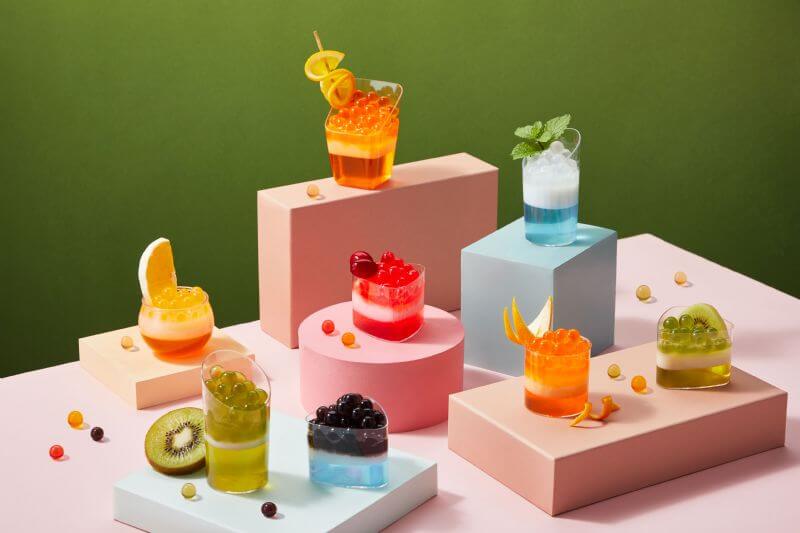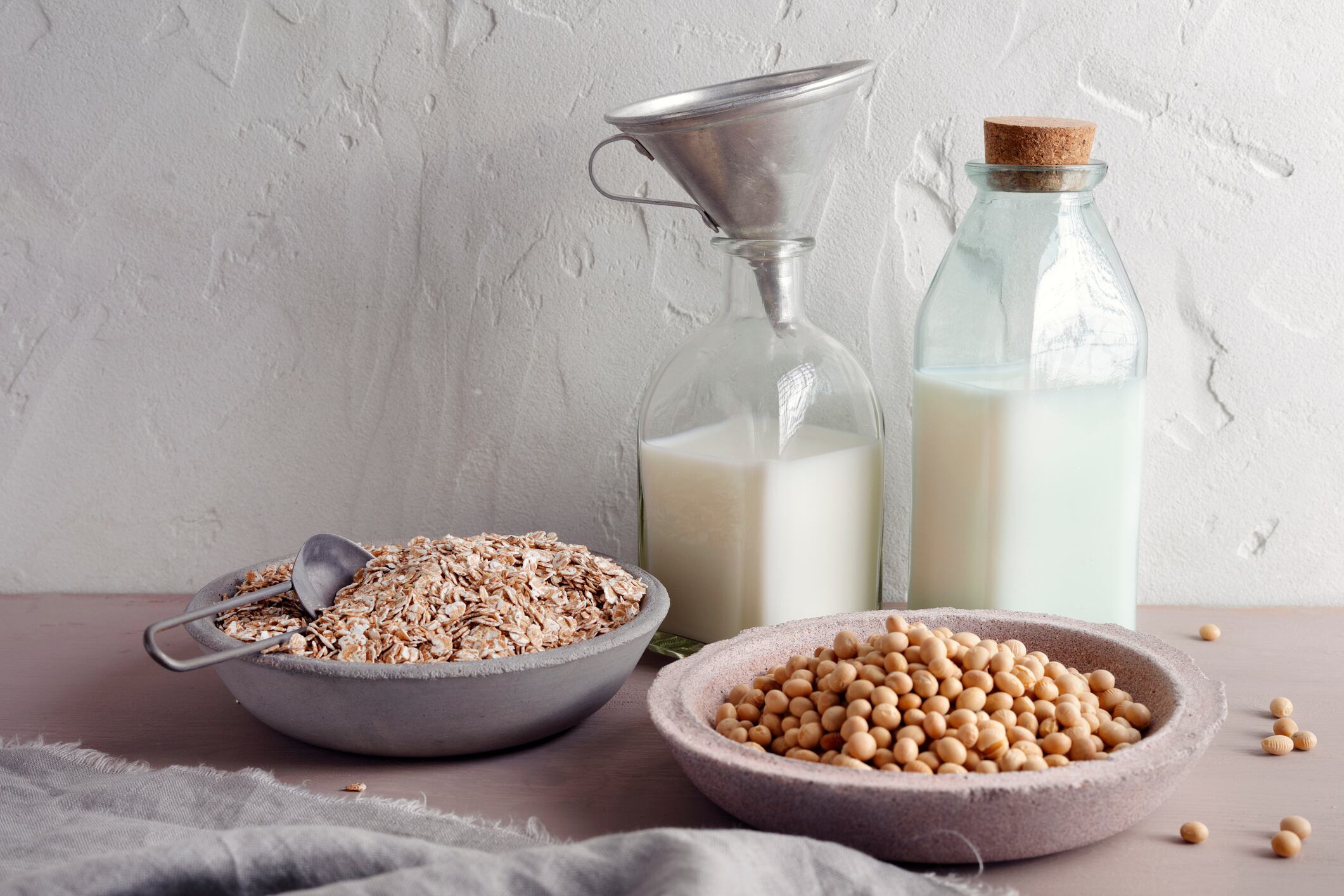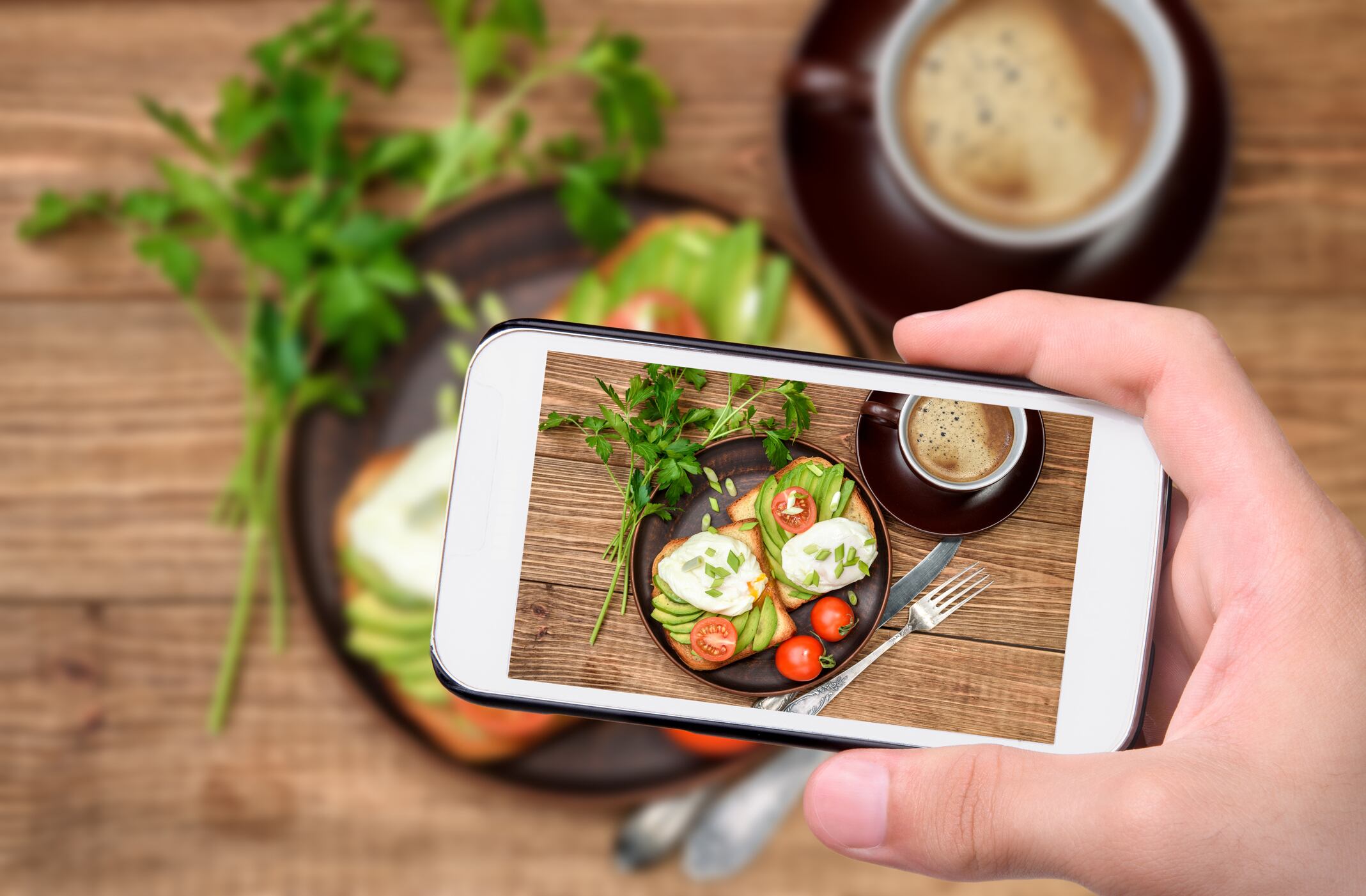Taiwan-based Tachiz creates customisable popping bobas for food and drink makers, positioning them as a fun and healthier alternative to traditional tapioca pearls.
The firm’s products are halal-certified and carry the V-Label International mark for plant-based foods, underscoring its focus on inclusivity and clean-label credentials.
Made from sodium alginate derived from seaweed, the bobas encase liquid fillings that burst upon biting. “The outer layer pops like salmon roe, releasing juice in the mouth – it’s a fun and surprising texture,” said Tachiz PR manager Joanna Lai.
Fillings can be customised for savoury applications – such as olive oil, chilli, or soy sauce – making them suitable alternatives to caviar or fish roe. They can also be added to salads or used as decorative toppings.

With health and wellness driving food trends, Tachiz uses only natural fillings and can tailor sugar or salt levels based on business needs, Lai told FoodNavigator at the Kaohsiung Food Show held from Oct 22–25.
Tachiz also retails its popping bobas under the Rainbobas brand, available in stores for use as dessert toppings or in home beverages. Like its B2B line, Rainbobas are ready-to-eat and come in various sizes.
The 4mm ones can serve as caviar alternatives while the 5mm bobas are good for yoghurts and drinks – both are made to be smooth and easy to eat. The 10mm bobas provide a stronger visual presence and offers much more noticeable burst sensation.
These variations add combination textures – a key driver in today’s experiential consumption trends.
Traditional bobas
Traditional boba, also called tapioca pearls, are chewy balls added to bubble teas. Tapioca pearls are a natural ingredient made from cassava, but the process of turning them into bubble tea bobas involves adding high amounts of sugar. Overconsumption can also lead to indigestion due to its starchy composition.
The appeal of combination textures
Combination textures create a more complex sensory experience by pairing contrasting elements – such as crisp croutons on soup or creamy milk tea with popping pearls that burst with juice when bitten.
Such textural contrast enhances the overall enjoyment of eating and drinking beyond flavour.
Combination textures are expected to flourish in the coming years, according to Innova Markets Insights’ report Texture & The Consumer.
The report added that there is scope for textural innovation, which can enhance the structural design of food and drink to deliver novelty both visually and in the eating experience.
Tachiz exemplifies this approach through its product design and flavour versatility, which it believes will resonate with international consumers.
The firm sees potential in global markets, where the versatility of popping bobas adds to the appeal of Asian cuisine, which is gaining popularity in European and US regions.
Tachiz is active across the US, Europe, Australia, and South East Asia.
“Since our founding in 2015, the demand for popping boba has been good,” said Lai.
From 2023 to 2024, the yearly production capacity hit approximately 36,000 tons.
“In just one year, the popping boba tubs we sell could stack up taller than 1,500 Taipei 101s!” she added, referencing the famous skyscraper Taipei 101.
With operations spanning the US, Europe, Australia, and Southeast Asia, Tachiz aims to make popping bobas a global staple across cuisines and beverages.





